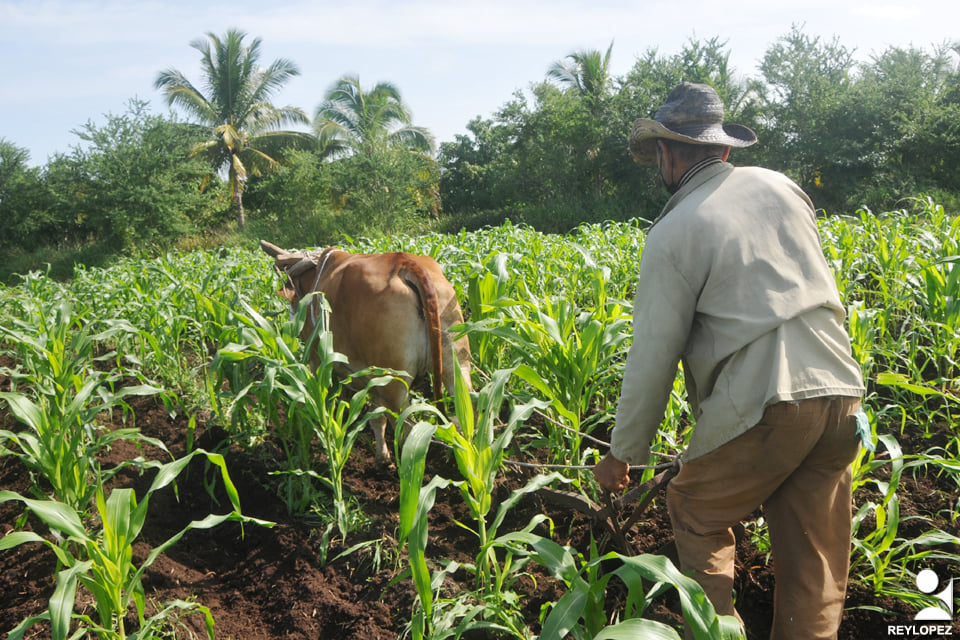
The agricultural sector of the province of Las Tunas is in better condition to produce a significant amount of food, both animal and for the population, from the recovery of local reservoirs.
Las Tunas, Cuba.- The lack of water, due to the intense drought that hammers the territory usually, has been among the most notorious obstacles, although the scarcity of fertilizers, pesticides, fuel, and other inputs is added, besides some subjective difficulties.
So far, the rainy season has not satisfied the needs of the soil. However, at the end of July, the reservoirs managed by the National Institute of Hydraulic Resources (INRH) accumulated 66 percent of their total filling capacity.
This not only benefits the supply for the residential sector and the entities of the economy and services but is also enough to guarantee the vitality of grain, root, vegetable, fruit crops, and livestock.
Data from the INRH provincial delegation indicate that the dams of “Colombia” and “Amancio” -Las Mercedes and Sevilla Diverter- are at full capacity. By municipalities, Manatí (89), Las Tunas (88), Majibacoa (82), Jobabo (55), Puerto Padre (45), and Jesús Menéndez (36) follow.
From the Provincial Meteorological Center it was reported that, of an average of 95.1 millimeters (mm), July registered 52.3, for the 55 percent. However, the historical accumulated in the first seven months is 565.6 mm and 680.6 are so far reported.
Therefore, the cooperative and peasant sector are pleased. This is one of the provinces with the fewest agricultural areas covered with irrigation systems and most of the rows are planted dry, so wetlands and green pastures are an announcement of what could be obtained from them if an effort is made.





